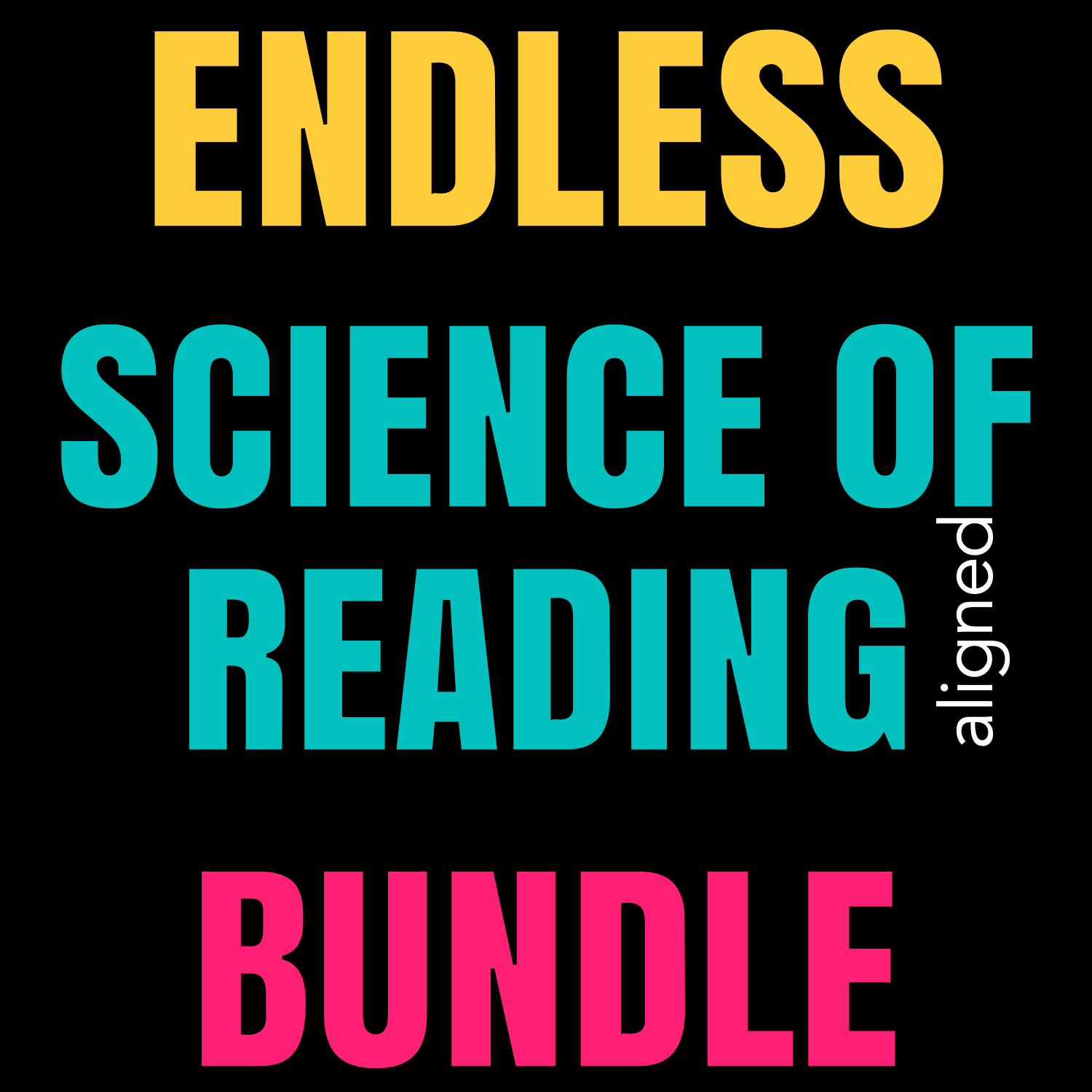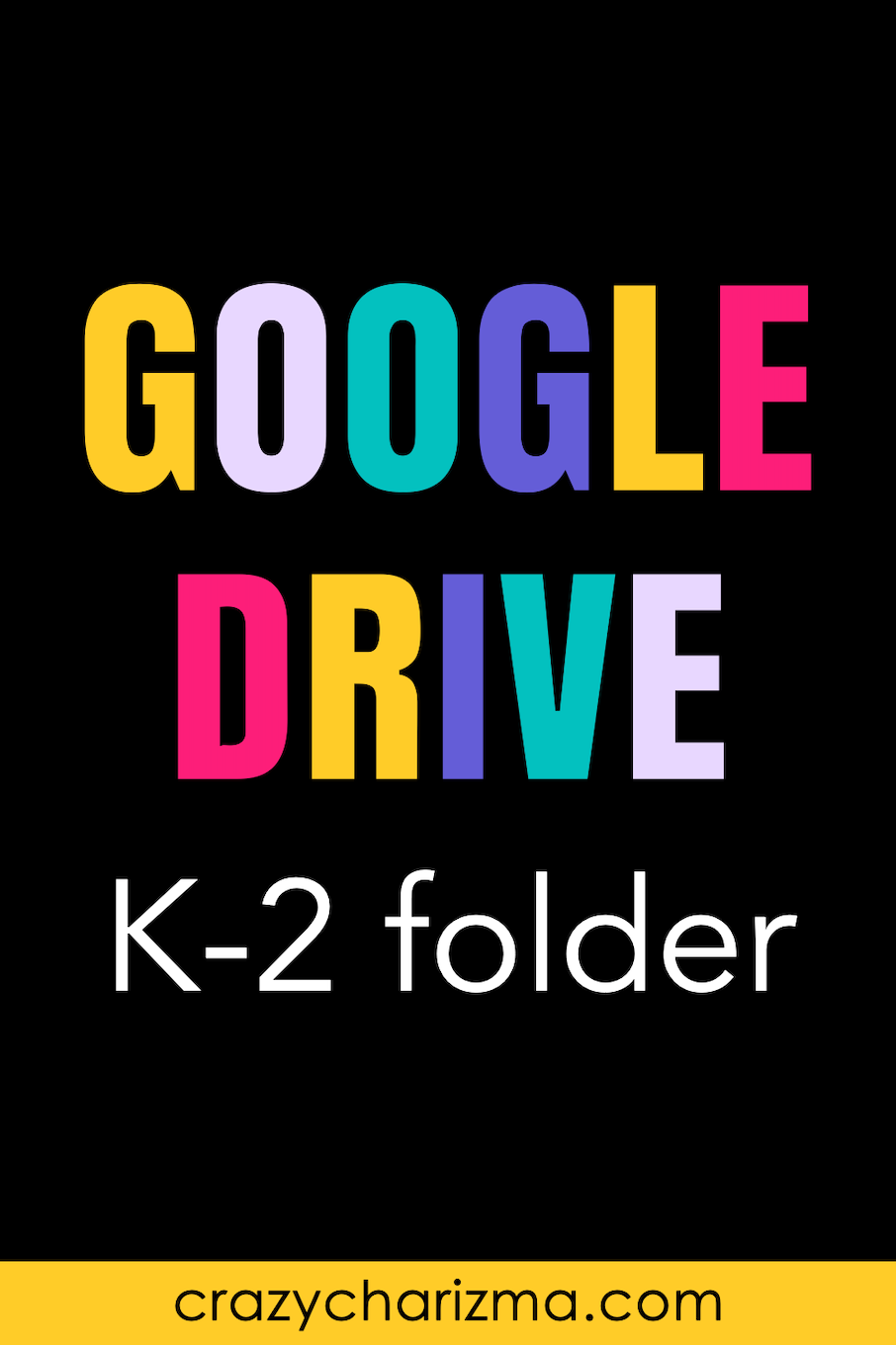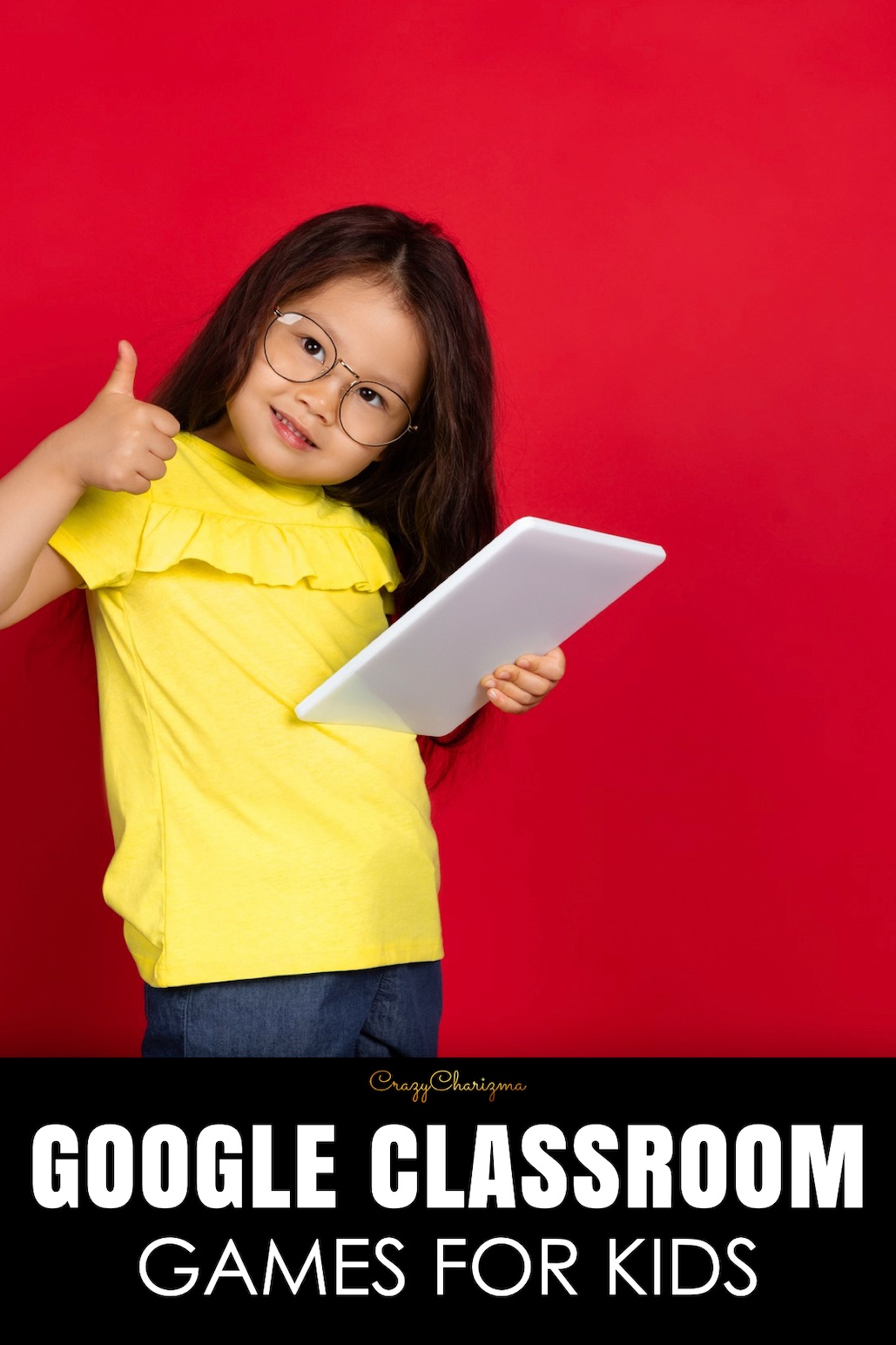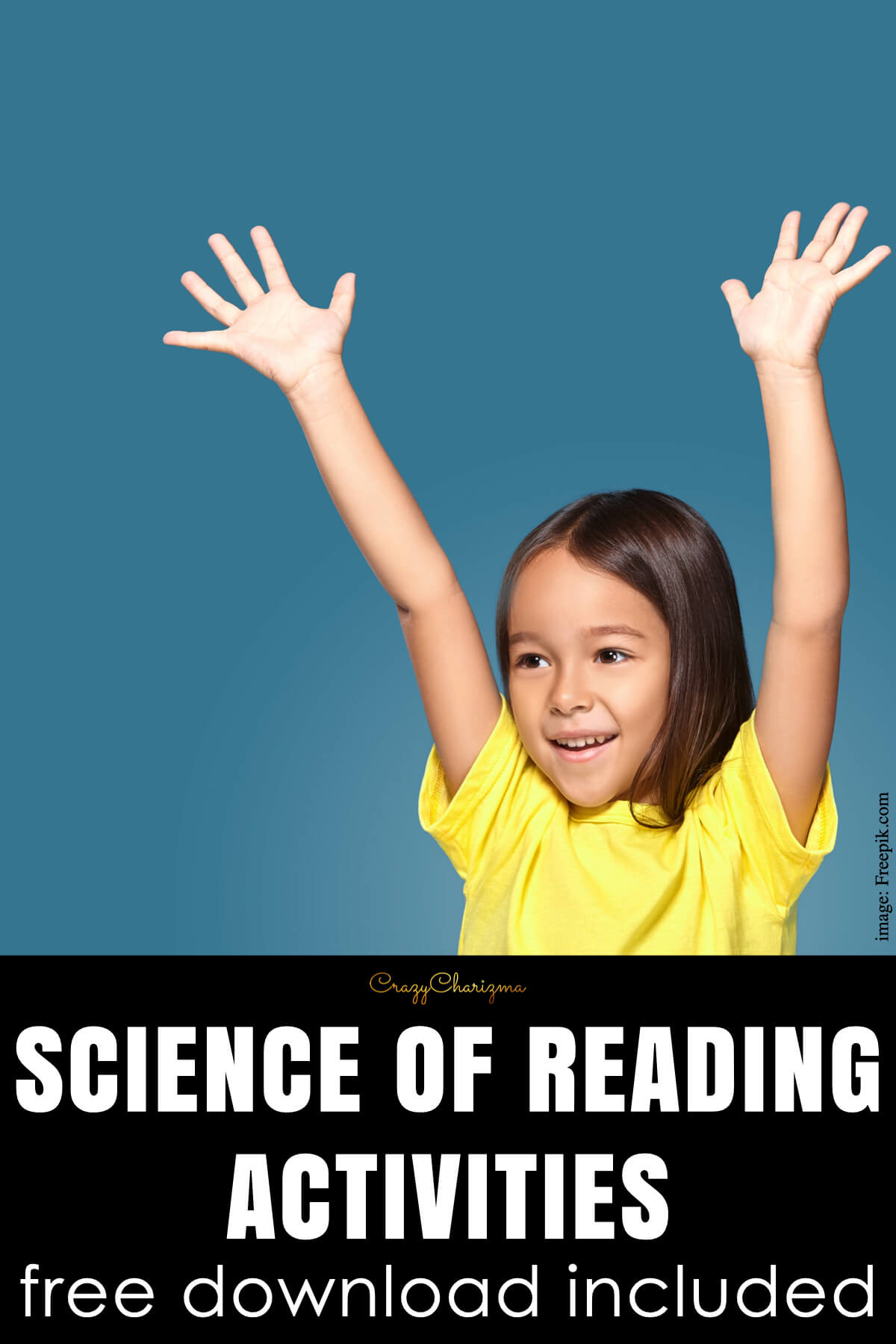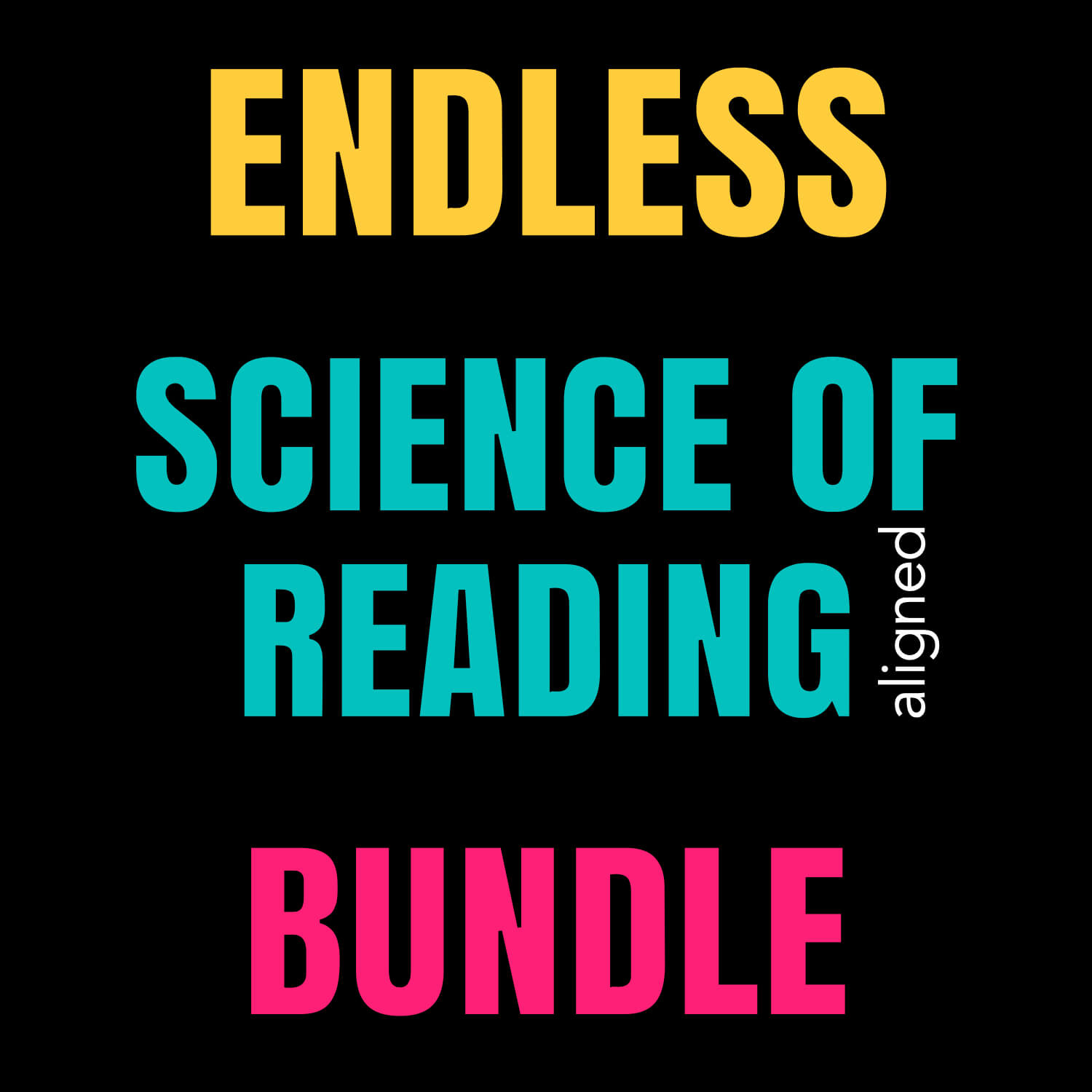Decades. The research on reading and writing started decades ago. The first time I heard about the Science of Reading was in 2021. And I was fascinated. Now we actually know how it is scientifically proven (and better) to teach our kids to read. So what is the Science of Reading and why is everybody talking about it?
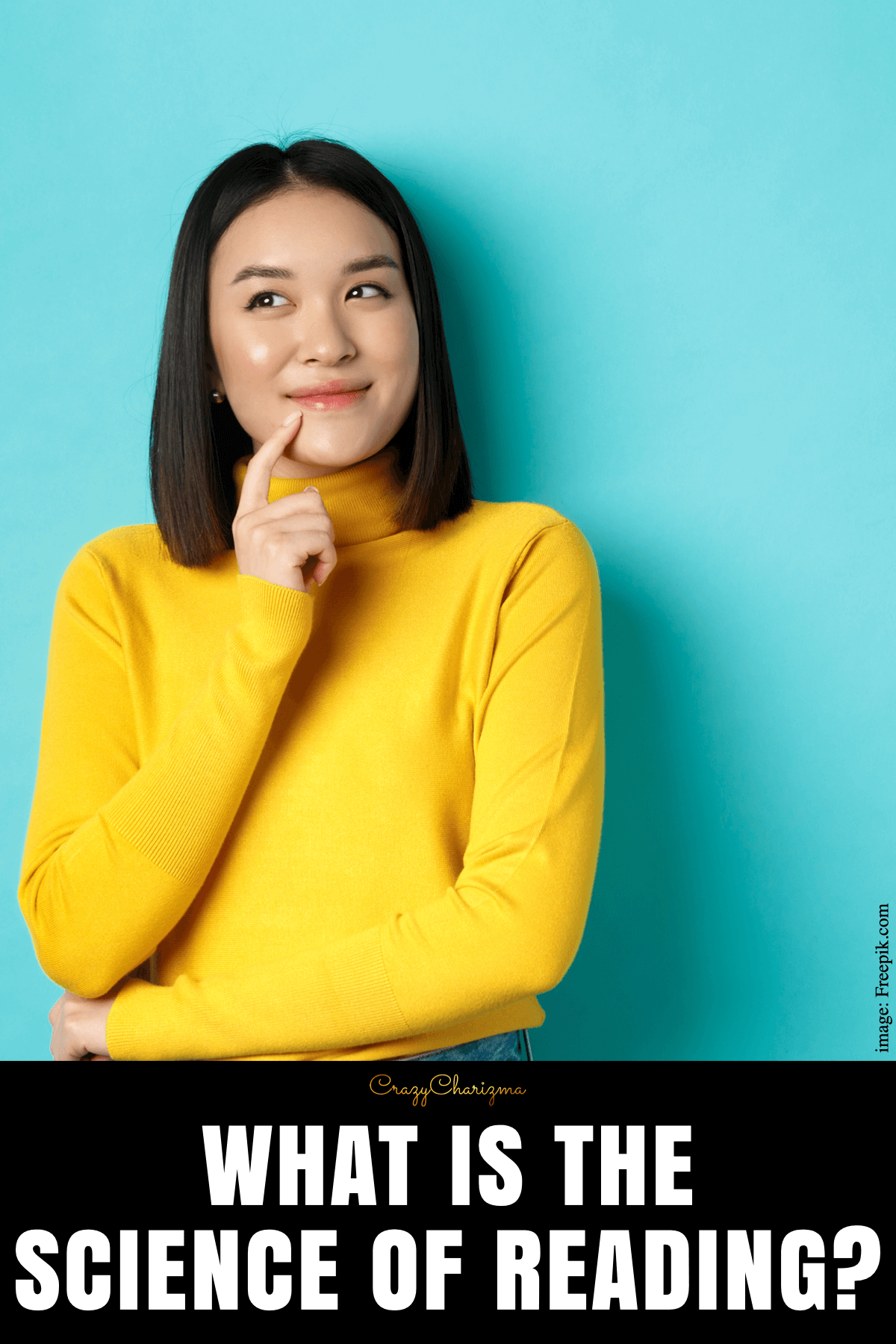
What IS the Science of Reading and what is NOT?
The Science of Reading is not a curriculum.
The Science of Reading is not a one-size-fits-all approach.
The Science of Reading is a comprehensive body of research that encompasses years of scientific knowledge, spans across many languages, and shares the contributions of experts from relevant disciplines such as education, special education, literacy, psychology, neurology, and more.
Source: Imse Journal.
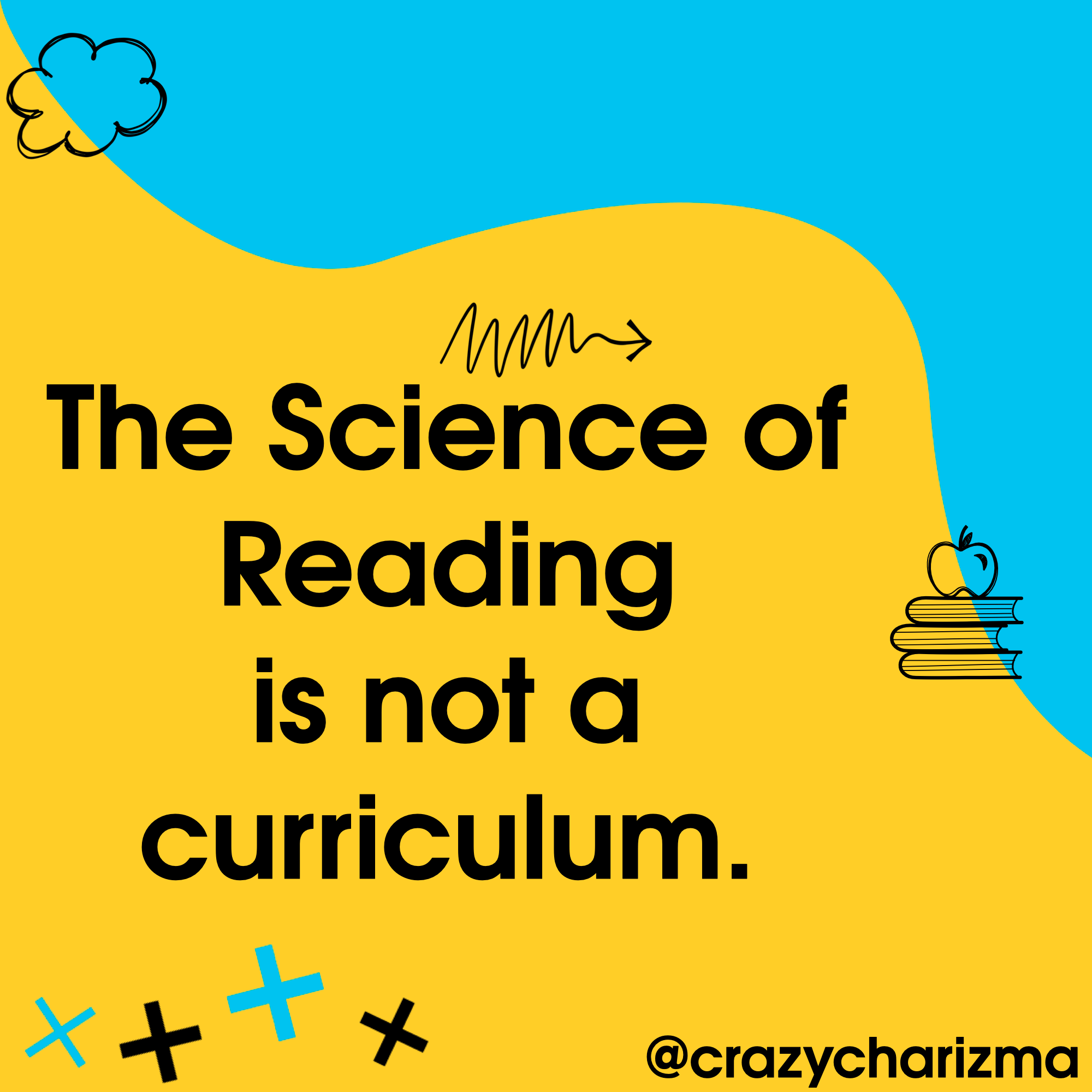
I've done my fair share of research by attending the virtual Pattan Literacy Symposium, watching a great number of webinars about the Science of Reading, listening to podcasts, reading the articles and books, browsing the blogs, and Instagram posts, watching the videos on YouTube, etc.
And I'm still learning something new every day.
I love this learning process and I want to share my findings and experience with you. Make sure to bookmark this post in your browser. Also, find the list of resources and references worth checking out at the end of this blog post.
The Science of Reading research tells us that we are wired for speech but reading and writing are not natural for us.

While I was doing my research on the Science of Reading, two things came up: the Simple View of Reading and the Reading Rope. So, what are those?
The Simple View of Reading
The Science of Reading tells us that there is a way how to do reading instruction, the Simple View of Reading. Comprehension is the ultimate goal of reading. People need to be able to decode the words AND have the background knowledge to understand what those words mean. Without one, there isn’t reading comprehension.
The Reading Rope
The Reading Rope demonstrates the connection between word recognition (decoding) and language comprehension. Here is a great visual initially created by Dr. Hollis Scarborough for parents and teachers to show what is involved in learning to read and how the two strands are intertwined.
Dr. Scarborough points out that if even one strand is weak then students will struggle to become fluent readers. Have a look at this image. It demonstrates what skills we need to be skilled readers.
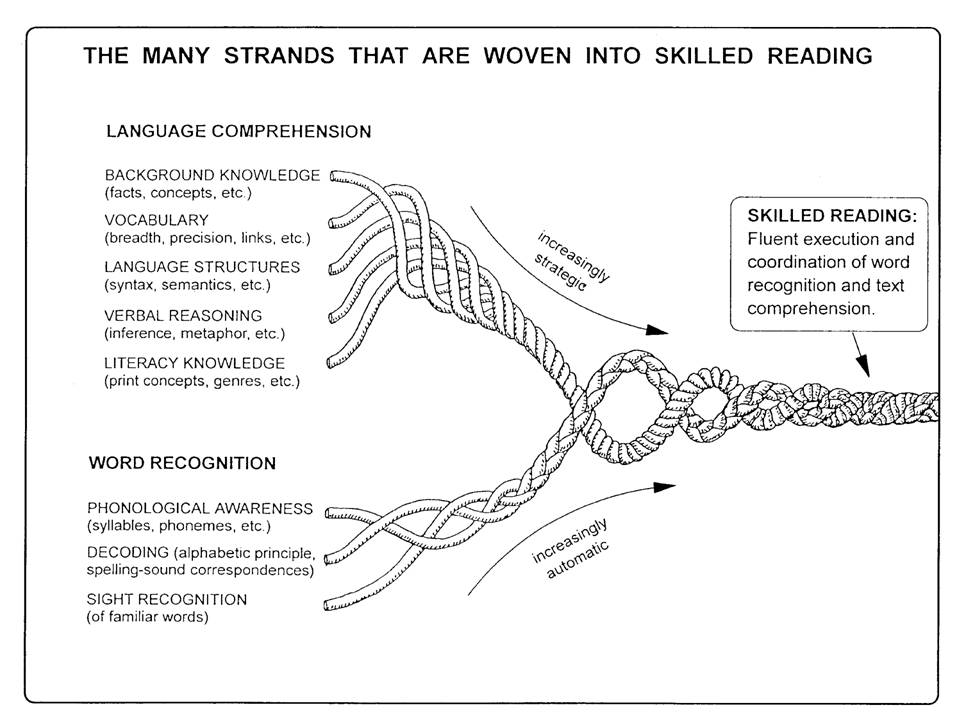
Image source: International Dyslexia Assosiation
Word Recognition
The Word Recognition strand is about decoding words. Here we teach (and kids learn) the skills of phonological and phonemic awareness, decoding, and sight word recognition.
Language Comprehension
Under Language Comprehension, we understand background knowledge, vocabulary, language structures, verbal reasoning, and literacy knowledge.
Learn more about the Reading Rope here.
Components of the Science of Reading aligned instruction
Before we dive in, let's point out that the Science of Reading does not support Whole Language, Balanced Literacy, or the Three Cueing System as strategies for teaching reading.
- Whole language is a method of teaching children to read by recognizing words as whole pieces of language.
- Balanced literacy is meant to balance both whole language and phonics. Students develop reading and writing skills by being exposed to a variety of different approaches.
- Structured literacy focuses on systematic, explicit instruction in all the parts of reading.
Learn more about the difference between balanced and structured literacy here.
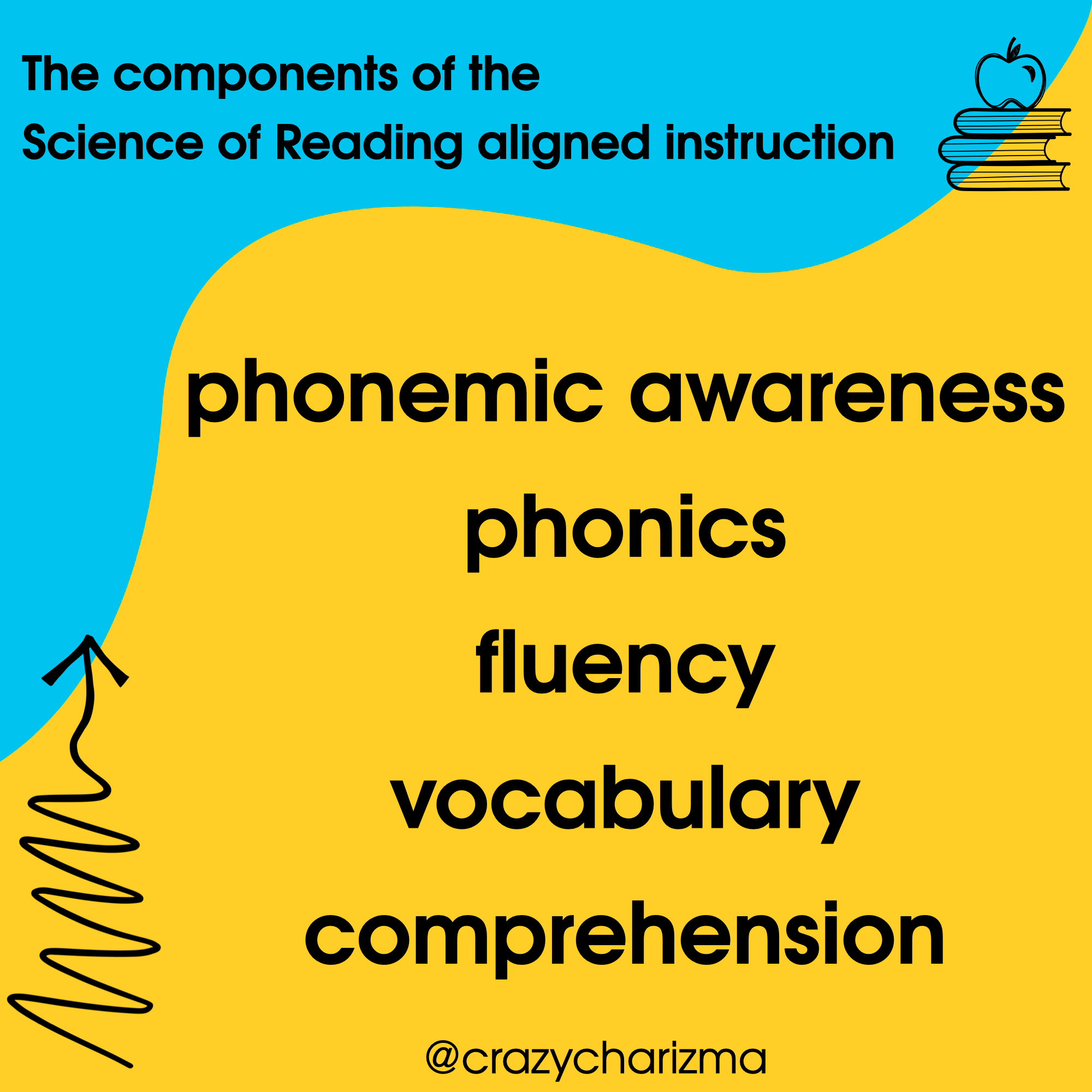
The components of the Science of Reading aligned instruction are:
- phonemic awareness
- phonics
- fluency
- vocabulary
- comprehension
Our daily instruction should be explicit and include these five essential components.
In K-2, the instruction is heavy on first 3 components. But it doesn't mean we forget about the other two.
Phonemic Awareness
Phonemic awareness is focusing on phonemes (sounds) in the words.
The examples of activities to practice phonemic awareness when you are just starting out:
- Beginning sound substitution
- Ending sound substitution
- Middle sound substitution
For more ideas, I suggest reading a great blogpost by my friend Kristina from Sweet for Kindergarten on how to teach phonemic awareness and phonics.
Phonics
Phonics is teaching a letter and a sound correspondence. Kids need explicit and systematic instruction in decoding (reading) and encoding (spelling).
Explicit instruction involves telling students what they will learn, why it is important, guided practice, and individual practice. It also involves feedback and progress monitoring (ongoing assessment).
Source: Mrs. Wills Kindergarten.
Apart from explicit instruction, make sure to incorporate multisensory approach:
- dictate a word using say, touch, and spell
- air writing
- sand/salt tray writing
- using gel bags for writing
- whole body spelling activities, etc.
Check out the Science of Reading ENDLESS BUNDLE. It has the Science of Reading aligned activities and centers to practice alphabet, high-frequency words, and phonics related topics.
Fluency
Fluency is putting it all together at the same time. With decodable books, our kids practice solving the words that they have had instruction on, instead of guessing the words.
When we think about fluency, we pay attention to:
- accuracy (I can read words correctly)
- rate (I can read at a natural talking speed)
- prosody (many factors, such as intonation, expression, smoothness, etc.)
- automaticity (I can effortlessly identify words and read them correctly).
Vocabulary
Most words are learned indirectly. With direct learning, instruction is given on specific words before reading. We do it over an extended period of time. Kids are repeatedly exposed to the words in many contexts.
Comprehension
Comprehension is the ultimate goal of reading. The Science of Reading supports teaching comprehension in the primary grade via an interactive read-aloud. In other grades, students read texts and books.
How to teach students to make sense of what they've read?
There are 7 Strategies to Teach Students Text Comprehension:
- Monitoring comprehension
- Metacognition
- Graphic and semantic organizers
- Answering questions
- Generating questions
- Recognizing story structure
- Summarizing
Whoa! Phonemic awareness, phonics, fluency, vocabulary, and comprehension are huge topics themselves and each of them will have a separate blog post. Ultimately, my goal is to create a series of blog posts on the Science of Reading. Make sure to subscribe to my email list and stay tuned for updates!
The theory is great but what about practice?
Make sure to purchase the Science of Reading ENDLESS Bundle that is jam-packed with centers and activities you can use with your kids.
Helpful Science of Reading resources
- Start your journey by listening to APM Reports podcasts (just wow!).
- Do workshops on the Science of Reading (there is a free version available).
- Watch the recordings of Pattan Literacy Symposium 2020 (the recordings of 2022 will be available soon).
- Read the blog post Science of Reading Series by Jillian Starr.
- Listen to Science of Reading: The Podcast.
- Take the quiz about the Science of Reading.
- As for books, I'll create a separate blog post about them.
I'll be updating the list with more resources.
This blog post is just the tip of the iceberg in the huge world of the Science of Reading. Hopefully, it brought a more clear understanding of what the Science of Reading is.
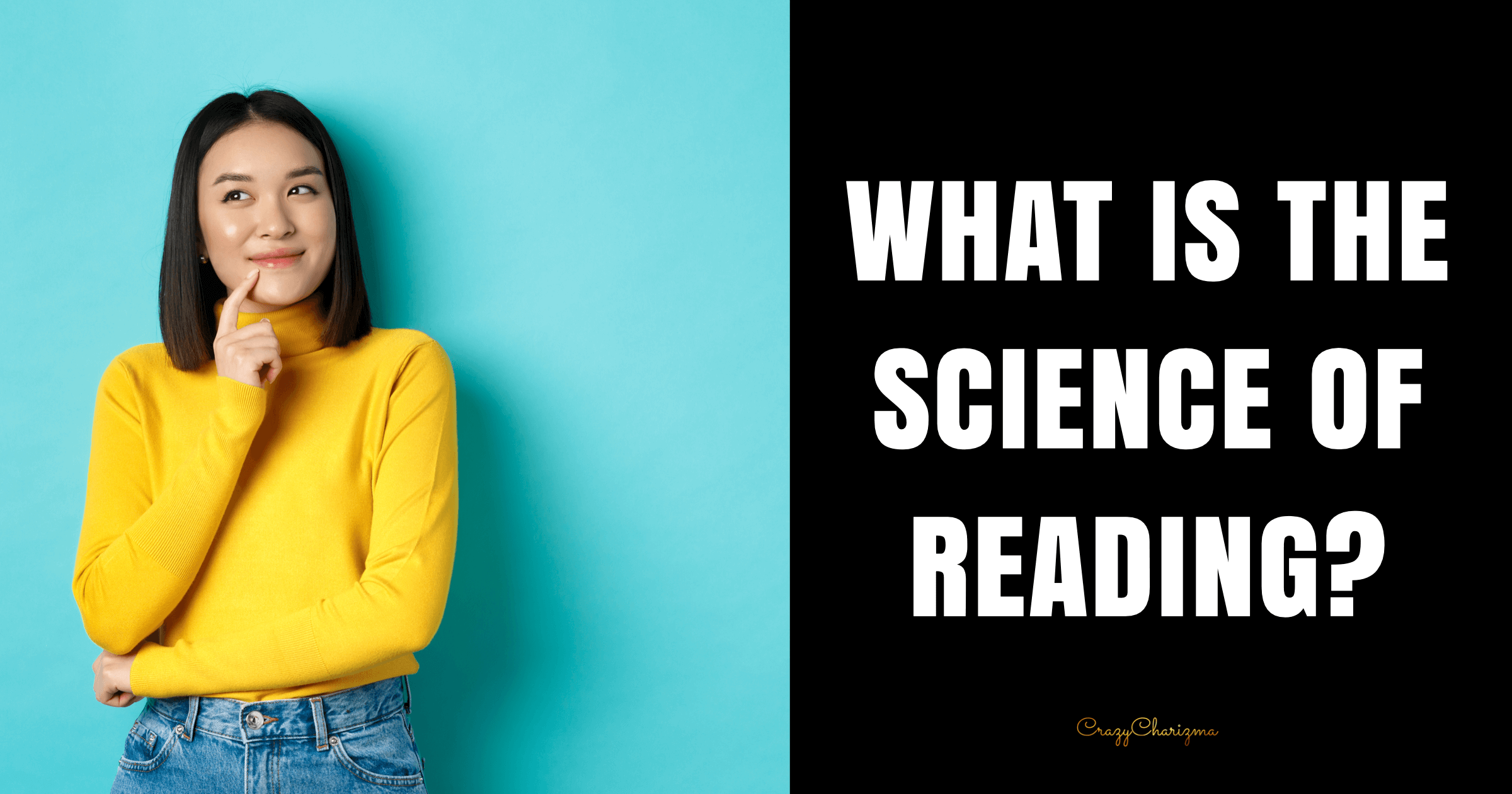
Please, spread the love. Pin this or share.


